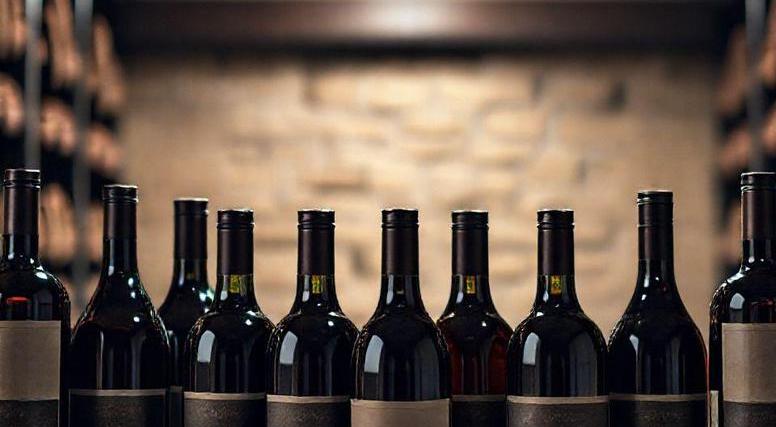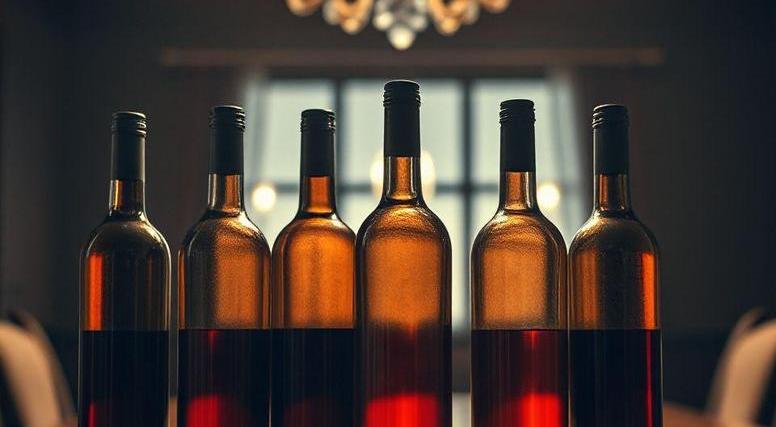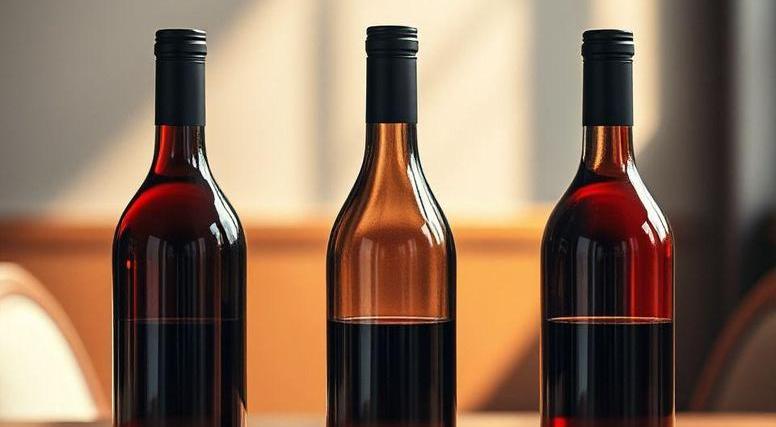- You are here:
- Home »
- Wine By Type
Category Archives for Wine By Type

Petite Sirah Wine : History, Flavors, Pairings & More
Petite Sirah, often overshadowed by its more famous cousins like Cabernet Sauvignon and Merlot, is a hidden gem in the world of wine that offers a distinctive and robust experience. Known for its deep color, bold flavors, and rich tannins, Petite Sirah has been gaining recognition among wine enthusiasts who seek a full-bodied red with […]
Continue reading
Vernaccia Di San Gimignano Wine : History, Flavors, Pairings & More
Nestled in the heart of Tuscany, San Gimignano is renowned not only for its medieval towers and picturesque landscapes but also for its celebrated white wine, Vernaccia di San Gimignano. This ancient varietal has been a symbol of the region’s winemaking tradition for centuries, captivating wine enthusiasts with its unique character and historic significance. Originating […]
Continue reading
Muscatel Wine : History, Flavors, Pairings & More
Muscatel wine, a jewel in the crown of the Muscat family, captivates with its rich history and distinct character. This aromatic wine, often celebrated for its sweet, floral notes and complex flavor profile, has been cherished from ancient times to the modern day. Originating from the Muscat grape, known for its unique musky aroma, Muscatel […]
Continue reading
Fredonia Wine : History, Flavors, Pairings & More
Nestled in the scenic landscapes of New York’s Chautauqua County, Fredonia is a charming village that boasts a surprisingly vibrant wine culture. Known for its picturesque countryside and rich agricultural heritage, Fredonia is rapidly gaining recognition as a hidden gem in the world of viticulture. This Fredonia Wine Guide is designed to introduce you to […]
Continue reading
Nerello Mascalese Wine : History, Flavors, Pairings & More
Nestled in the rugged landscapes of Sicily, Nerello Mascalese is a gem of Italian viticulture that has captured the attention of wine enthusiasts and connoisseurs alike. This red grape variety, predominantly grown on the volcanic soils of Mount Etna, offers a distinctive profile that reflects its unique terroir. Known for its elegance and complexity, Nerello […]
Continue reading
Fiano Wine : History, Flavors, Pairings & More
Fiano, a white grape variety hailing from the sun-drenched regions of southern Italy, has been steadily gaining recognition among wine enthusiasts for its unique and compelling characteristics. Originating primarily from the Campania region, particularly around the area of Avellino, Fiano offers a refreshing alternative to more mainstream white wines with its rich, aromatic profile and […]
Continue reading
Mourvedre Wine : History, Flavors, Pairings & More
Mourvèdre, a grape varietal revered for its robust character and complexity, has been steadily gaining recognition in the world of wine. Originating from Spain and also known as Monastrell, this varietal has found a significant presence in regions across the globe, from the rugged landscapes of the Rhône Valley in France to the sun-drenched vineyards […]
Continue reading
Nero Wine : History, Flavors, Pairings & More
Nero wine, with its rich history and robust character, has become a notable player in the world of fine wines. Originating primarily from Italy, Nero wines are celebrated for their deep, complex flavors and their ability to pair beautifully with a variety of dishes. The term Nero translates to black in Italian, aptly describing the […]
Continue reading
Malmsey Wine : History, Flavors, Pairings & More
Malmsey wine, a luxurious and historically rich variety of Madeira wine, has captivated connoisseurs and casual drinkers alike for centuries. Known for its deep, rich flavors and golden hue, Malmsey is produced from the Malvasia grape and is celebrated for its sweet, full-bodied profile that makes it a standout in the world of fortified wines. […]
Continue reading
Chambourcin Wine : History, Flavors, Pairings & More
Chambourcin wine, with its rich history and distinctive characteristics, is a gem in the world of viticulture that often flies under the radar. Originating in France but flourishing in various regions around the globe, Chambourcin is a versatile red wine that has garnered attention for its unique flavor profile and adaptability. This guide aims to […]
Continue reading